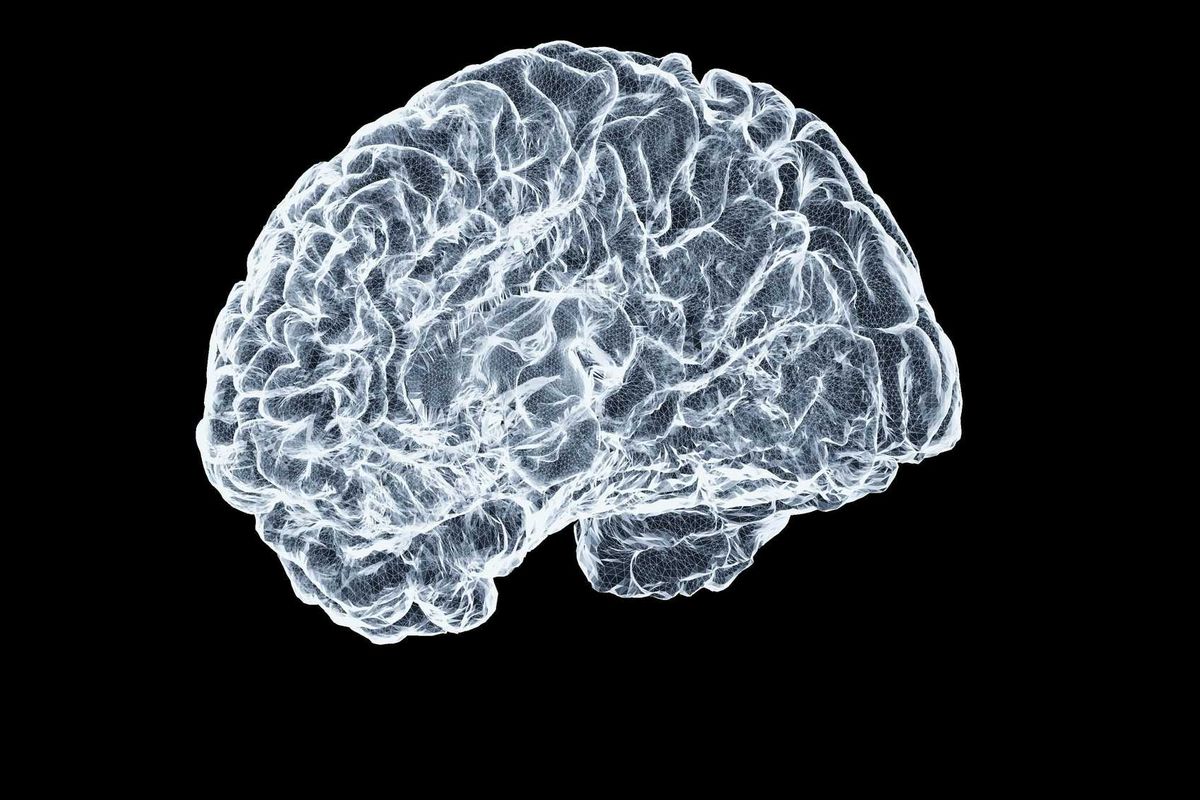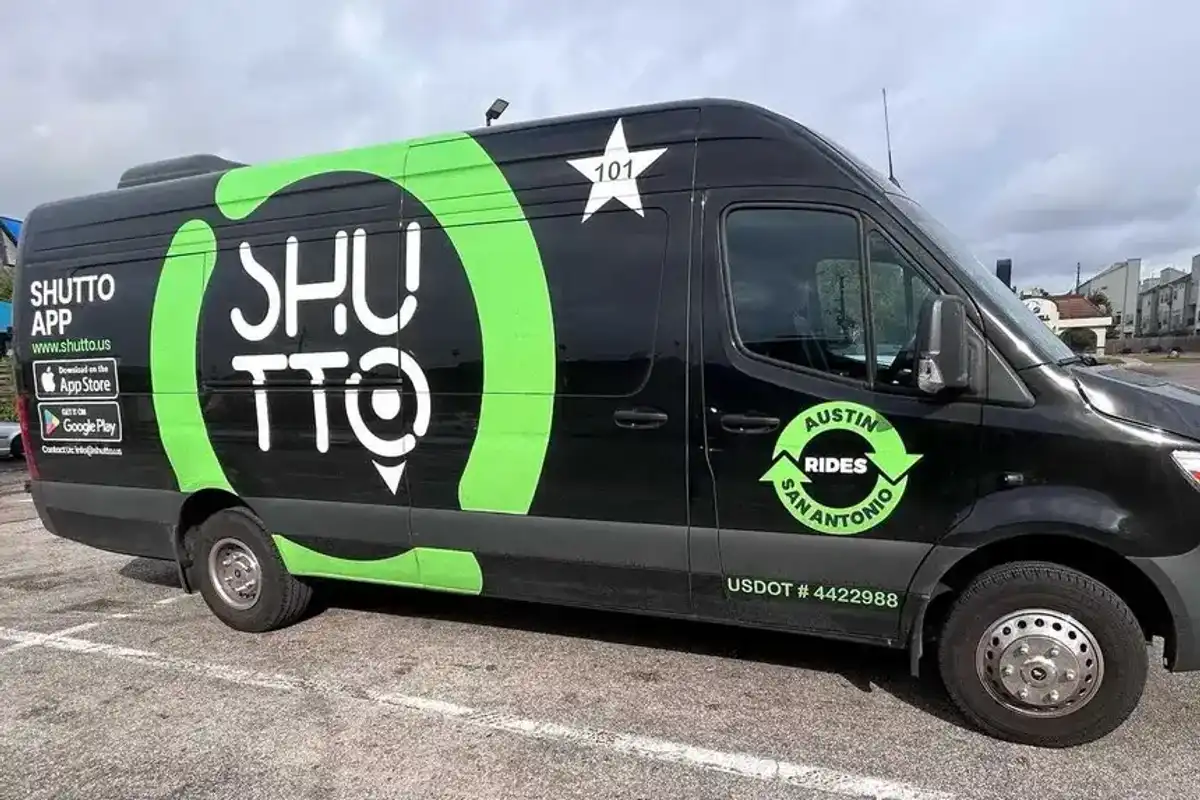Houston coffee startup pivots to hand sanitizing product amid pandemic
Houstonians' workday routines look much different today than they did seven months ago. With a large percentage of people working from home, office rituals have come to a halt and few habits have been immune to change — including our coffee consumption.
In early March, Constantine Zotos and Mitchell Webber already knew this didn't mean good things for their local nitro coffee company, Recharge Brewing Co. Though the brand had grown steadily over the better course of two years, the duo had focused their business on installing and supplying their nitro coffee taps to two of the most taboo markets at the time: office spaces and restaurants.The duo aptly predicted that the demand for their product would soon dry up and quickly shifted their operations to focus on a product that was considered a necessity: hand sanitizer.
To get started, the young entrepreneurs and their small team of six began cold calling down a list of Purell distributors they found online. They soon found that many businesses could hardly keep the product in stock.
"They asked us if they could fly a jet down to pick up the hand sanitizer themselves," Zottos says of one distributor. "I told them not to get ahead of themselves, but it just speaks to the sense of urgency everyone had."
The team studied up on the basic ingredients of hand sanitizer to make the liquid, alcohol-based form that infiltrated the market in the first few weeks of the pandemic. At the time there was such a rush for the product, and such a low supply of the material needed to make it, that the team resorted to selling the product without traditional pump tops or plastic caps. Instead they used the slow release plastic pourers that are often used on liquor bottles.
Still, they were focused on doing it right. In addition to the long hours spend to get the product out the door, Zotos and Webber took special care to ensure that their sanitizer met all FDA and EPA requirements by working with consultants and lawyers, as well as reading up on all the pertinent documents and literature between sleeping shifts and time on the shop floor.
"We took the stance that we would rather rush toward compliance rather than run from it," Zotos says.
It didn't seem to slow down the demand. One week in they formed Modern Chemical, and by the middle of the month the company was fulfilling substantial orders with a team of 40 employees. By the summer, Modern Chemical released a gel-based, FDA-registered sanitizer that got them in with giant B2B clients, such as the Massachusetts Bay Transit Authority, Jefferson Parish School District, and recently the City of Austin.
The pair agrees that their background with Recharge gave them a leg up in the beginning.
"Knowing the pumps and hoses and all the stuff you really need to run a bottle facility and a hand sanitizer facility, we already had," Webber says. "On top of that when all this started, there were some long days and long nights, but being in the nitro coffee business, we were used to long hours. It prepared us for this huge push for the drastic demand that needed to be filled."
Location and timing also played a huge role in their success, Zotos adds. "When the pandemic struck we were able to bring on a lot of people who are extraordinarily talented throughout the company. If we weren't hiring in the pandemic environment like this I think we would be hard pressed to find people as talented as we did as quickly as we did," he says. "And Houston really played a big part in that."
Today, the company of about 60 employees is producing about 15,000 gallons of hand sanitizer per day and is in the process of launching disinfectant wipes and spray. They recently moved all of the Modern Chemical operations into a new and improved facility off Air Tec and Interstate 45 that will allow for more efficient packaging and loading of products and — in another pivot — are even offering custom labeling, scenting and color dyes, plus specialty dispensing stands for their product.
"Neither of us have a chemical background and we are not ignorant to that. But we know how the equipment works from an operational side of things and if we can make the packaging look the best. If we can package the most for the best price then people are going to want to buy it," Zotos says. "Instead of taking the let's do everything route, we found our niche in the chemical supply chain, which is packaging."
And as Modern Chemical continues to settle into its new space and eventually a post-pandemic market, Zotos and Webber plan to revisit and revamp Recharge Brewing with the lessons they've learned. The duo plans to use their original facilities to help other small business owners launch and produce beverage brands of their own by early 2021.





